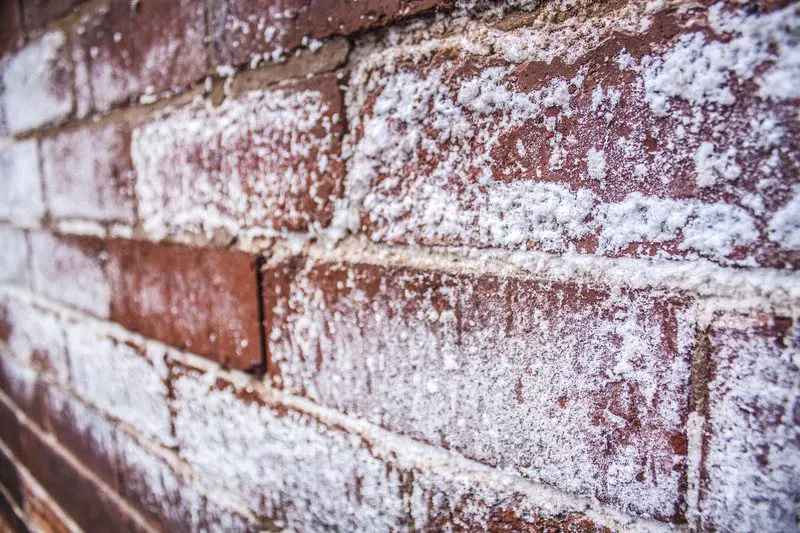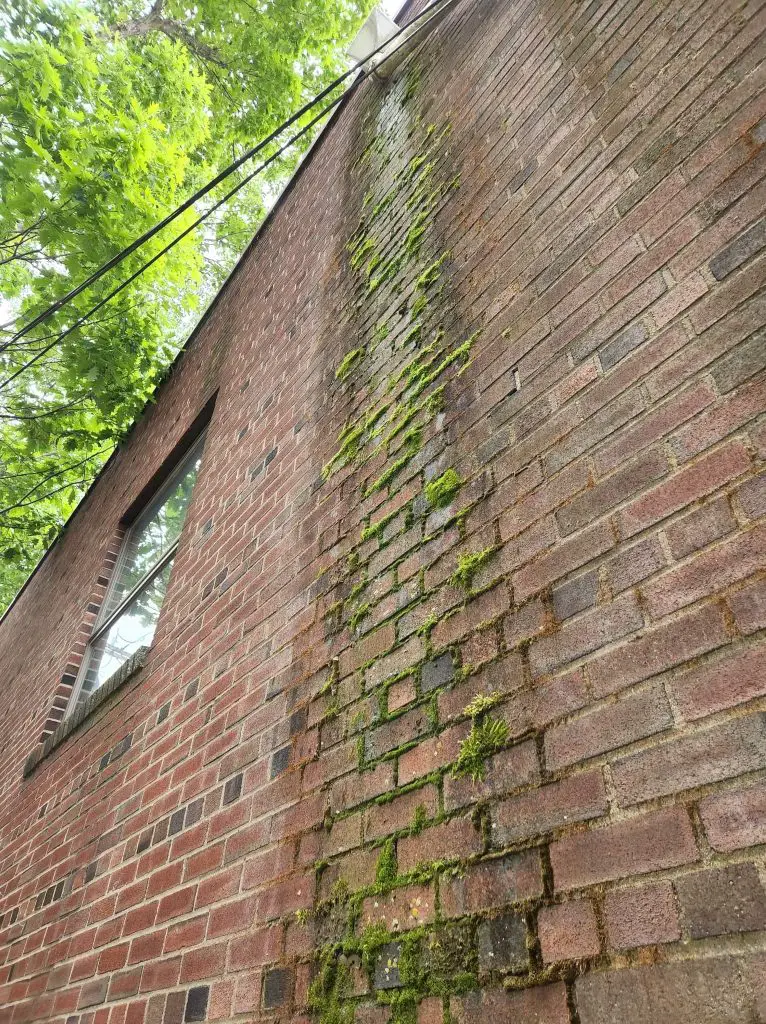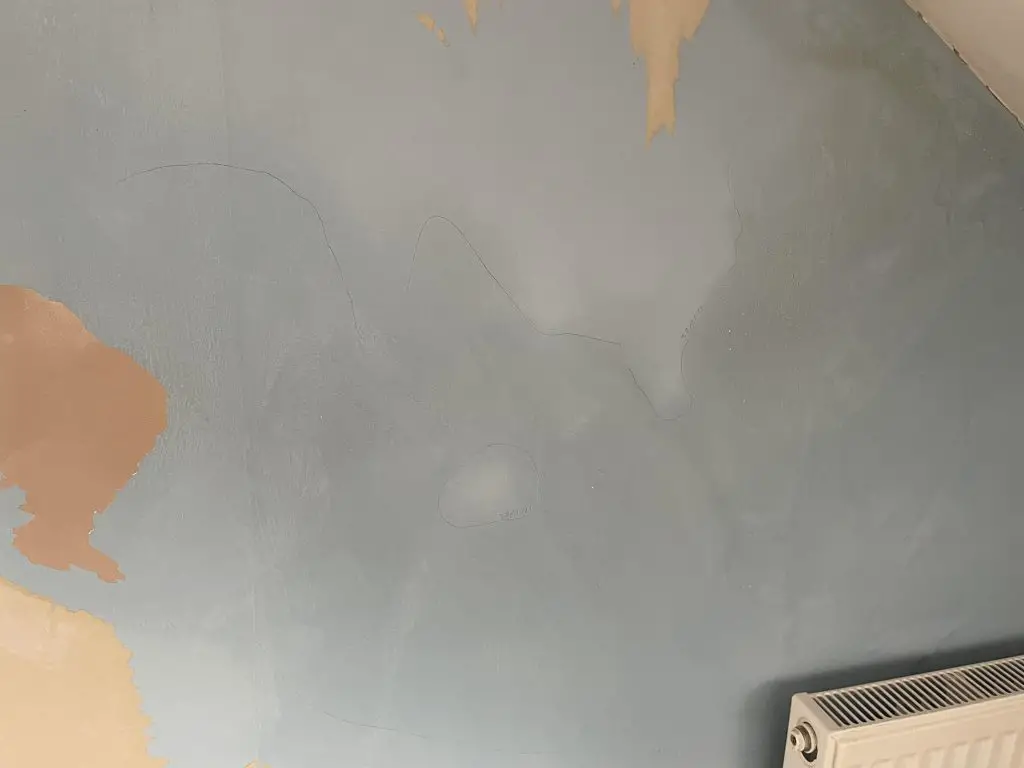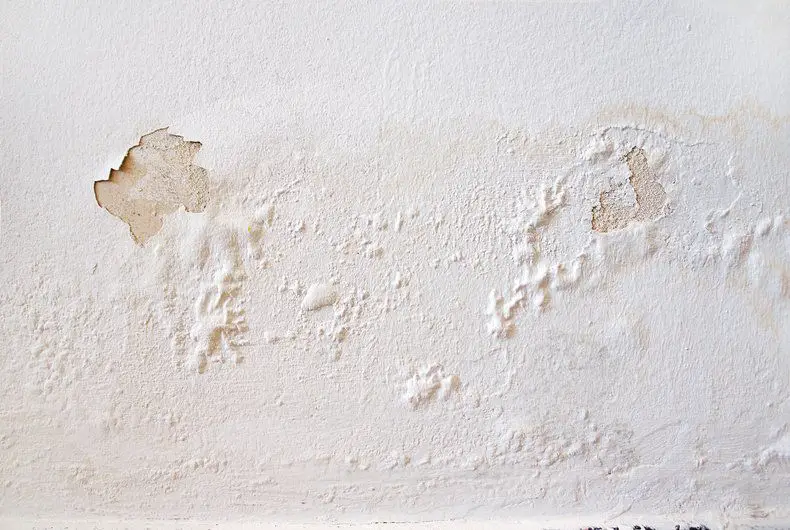What is Salt Damp treatment?
Salt damp treatment in older houses with single masonry walls is an all too common issue. Over the years penetrating damp may have caused issues within the walls of your home leaving behind patches of salt damp or hygroscopic salts as they are more technically known.
What is salt damp?
Salt Damp is a white fluffy substance which often forms on the walls of a damp home. They can also be found within a house that has previously had issues with dampness.
Soluble salts such as nitrates and chloride are often found within moisture as they are absorbed from the atmosphere. Once this moisture gets within the walls of your home, it carries this salt and once evaporated will leave an unsightly fibrous white residue.
If a home has an ongoing damp problem, water will continually make its way through the brickwork into your walls, leaving behind more and more salt deposits.
Salt dampness or hygroscopic salts are a by-product of dampness within the wall, rather than the source of the dampness itself.
Masonry salt damp
Internal salt damp is caused by another source of moisture, typically penetrating damp from the exterior of your home. Exterior masonry walls however call also be affected by salt damp.
The rain carries acidic salts, which are absorbed by the brickwork of your home. Once the moisture dries and evaporates it can leave behind the salts resulting in the tell-tale white residue on your brickwork.

The retention of these salts can lead to further brickwork problems as they begin to get bigger and bigger the more it rains.
The expansion of salt crystals over time can begin to expand within the brick, deteriorating it from the inside. This can lead to numerous longer-term issues such as brick crumbling.
How to stop salt damp
The first thing to remember about salt damp is that it occurs when moisture evaporates. This means your first job is to find the source of the dampness. We have lots of in-depth guides on damp related issues such as penetrating damp which will help you properly diagnose your issues.
A good starting point is to check the adjacent wall next to where the damp salts are occurring. Look for clues such as broken guttering, poor brickwork condition or other signs of wear, that would enable moisture to enter your brickwork.

Your goal is to shore up the source of the moisture before moving onto the salt damp inside your house.
Is salt damp harmful?
Any dampness inside the home can cause numerous health issues, especially for those with conditions like asthma. People are more prone to respiratory conditions in houses with dampness. Symptoms like mould can even affect your immune system.
All in all a dry and warm home is much more pleasant and also better for your health.
How do you get rid of salt damp on walls?
Once the source of the moisture has been fixed you will need to let the moisture inside the walls dry.

When properly dried you can then go out about removing the salts from your wall.
Unlike mould, salt damp dissolves in water. Generally, it is fairly easy to remove using a cloth or a stiff brush. The moisture within the walls may have caused damage over time so they may require replastering or a new coat of paint depending on the overall condition of the walls.
Painting over hygroscopic salts
You should never paint directly over hygroscopic salts, especially if there is still dampness in the wall itself.
It’s much better to air on the side of caution and first do a thorough check of your walls both internally and externally to ensure any sources of moisture have been rectified.
Once you are confident there are no on-going moisture issues you can then think about painting over damp salts.
To remove the salts use a cloth or brush depending on the severity. If they are damp salts and not mould they should come off the wall with ease. As long as the surface below is in an ok condition you can then repaint the walls as desired.
The key to damp salt treatment is ensuring that the source of the moisture has been rectified. We have a number of guides on how to deal with damp in old houses including several helpful checklists.


Leave a Reply